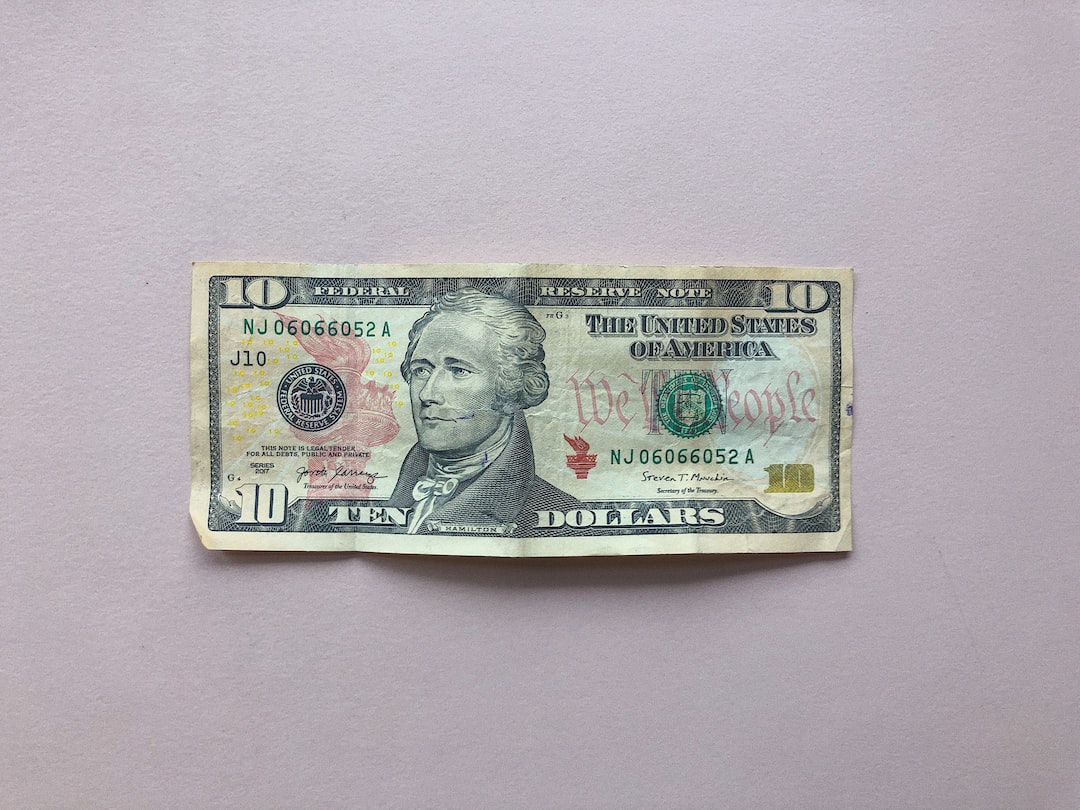TensorFlow is an open-source machine learning framework that has become the go-to tool for many developers and data scientists. It is widely used in many industries, including finance, to build models that can predict future market trends and make trading decisions. In this article, we will explore how to train TensorFlow to trade forex.
Forex trading is a complex and dynamic field that requires a lot of expertise and experience. However, with the right tools and strategies, it is possible to develop a profitable trading system. One of the most effective ways to do this is by using machine learning algorithms, such as TensorFlow.
TensorFlow is a powerful tool that can be used to build predictive models for forex trading. It works by analyzing historical market data, identifying patterns and trends, and using this information to make trading decisions. To train TensorFlow to trade forex, you will need to follow these steps:
1. Collect data: The first step in training TensorFlow to trade forex is to collect historical market data. This data should include information on currency pairs, exchange rates, and other relevant factors. You can use a variety of sources to collect data, including online databases, trading platforms, and APIs.
2. Preprocess data: Once you have collected the data, you will need to preprocess it to prepare it for analysis. This may involve cleaning the data, removing outliers, and normalizing the data so that it is in a consistent format.
3. Define input and output variables: The next step is to define the input and output variables for the model. The input variables should include all the relevant market data, such as historical prices, volume, and other indicators. The output variable should be the trading decision, such as whether to buy, sell or hold.
4. Split data into training and testing sets: To train the model, you will need to split the data into training and testing sets. The training set will be used to teach the model to recognize patterns and make trading decisions, while the testing set will be used to evaluate the model’s performance.
5. Build and train the model: The next step is to build the TensorFlow model. This involves defining the structure of the model, including the number of layers, the type of activation functions, and other parameters. Once the model has been defined, you can train it using the training set. During the training process, the model will adjust its parameters to minimize the error between its predictions and the actual trading decisions.
6. Evaluate the model: Once the model has been trained, you can evaluate its performance using the testing set. This will give you an idea of how well the model can predict future market trends and make trading decisions.
7. Deploy the model: Once you are satisfied with the performance of the model, you can deploy it to make trading decisions automatically. This may involve integrating the model with a trading platform or using an API to execute trades.
In conclusion, training TensorFlow to trade forex is a complex process that requires a lot of expertise and experience in both machine learning and forex trading. However, with the right tools and strategies, it is possible to develop a profitable trading system that can make accurate predictions and execute trades automatically. By following the steps outlined in this article, you can begin to explore the potential of machine learning for forex trading and start building your own predictive models.


